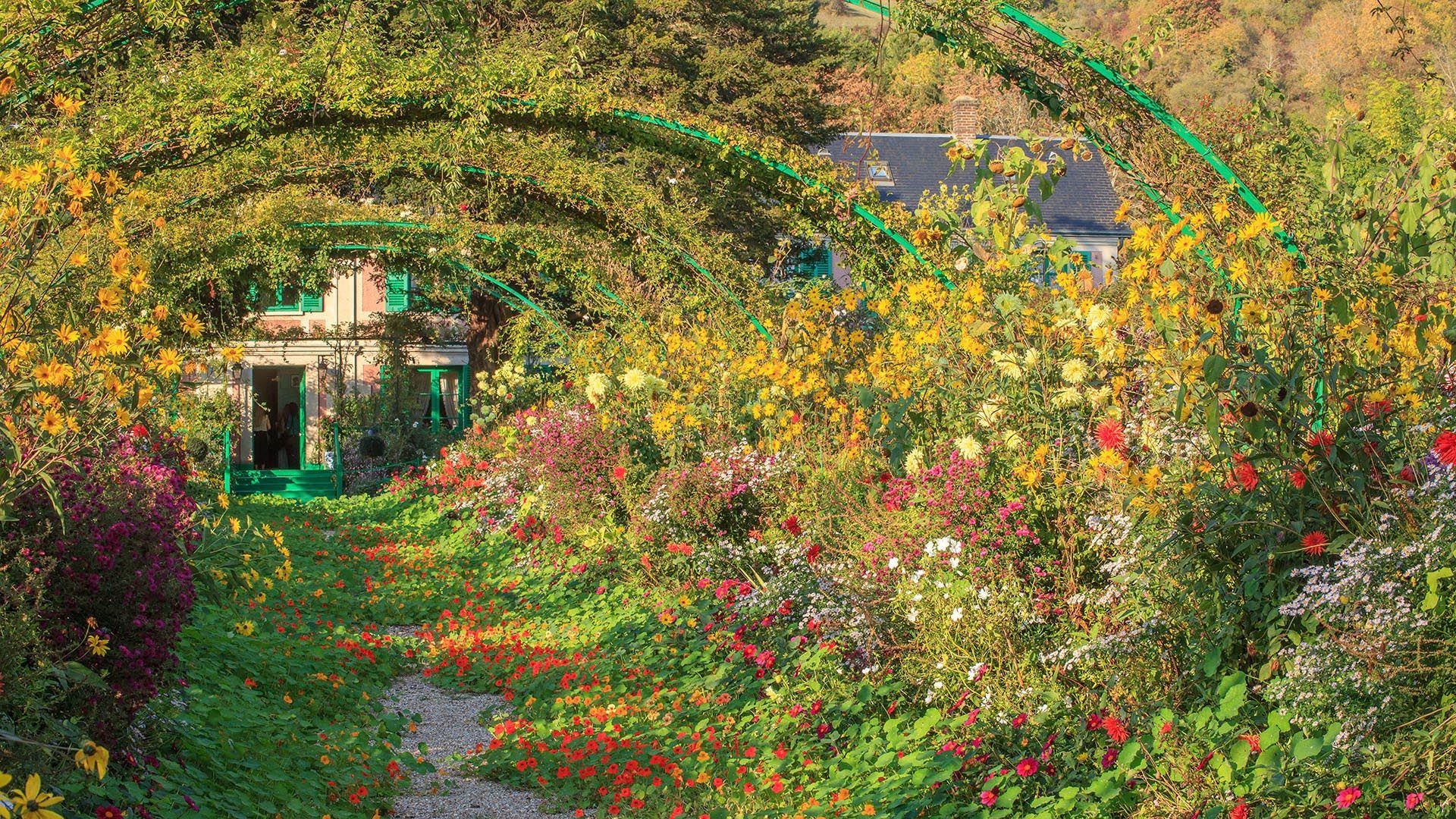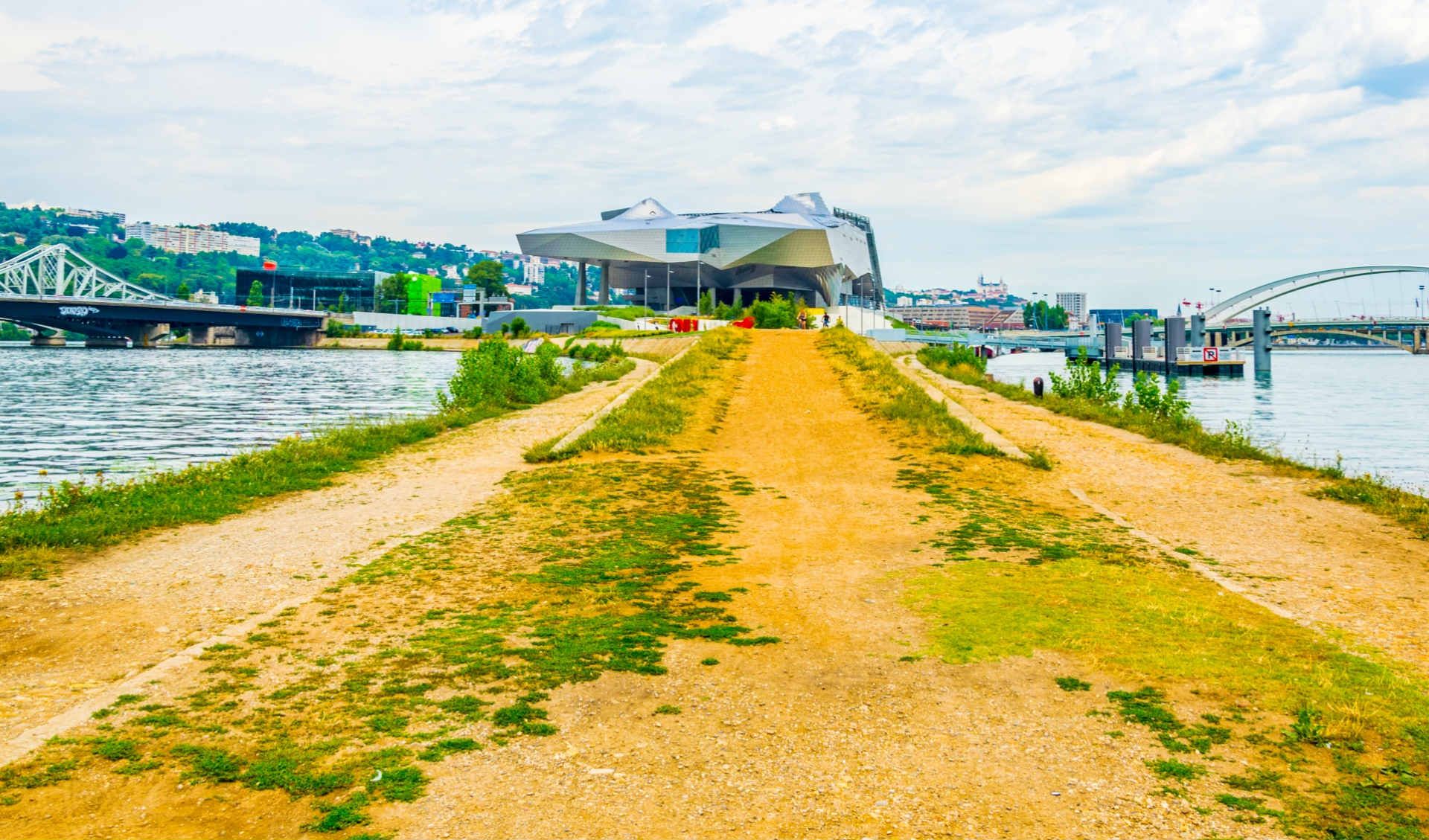Day 11: Bordeaux to Nice
Travel time: 1.5-hour direct flight
It’s easy to get from Bordeaux to Nice. Flights leave throughout the day, mostly with EasyJet or Air France, and the trip takes about an hour and a half. Book a morning flight and you’ll have most of the afternoon to spend on the Riviera.
When you arrive, start with the Promenade des Anglais. It runs for miles along the sea and is great for an easy walk. In Vieux Nice, you’ll find narrow streets, Baroque churches, and ochre-colored buildings that feel distinctly Mediterranean. The Cours Saleya market is busy with flowers, produce, and food stalls, and the small squares are full of terraces where locals gather for drinks or a game of pétanque.
Insider’s tip: Grab socca, a chickpea pancake, at Chez Pipo. Locals line up for it, and it’s worth the wait.
Day 12: Monaco
The train from Nice to Monaco takes only 20 minutes and runs along the cliffs with views of the Mediterranean. In Monte Carlo, step inside the casino even if you don’t gamble. The frescoes, sculptures, and old-world style are impressive.
The Prince’s Palace opens its State Apartments, and you can watch the guard change outside. In the old town, Monaco-Ville, walk to Saint Nicholas Cathedral where Princess Grace is buried. The Oceanographic Museum is set right on the cliffs and has historic aquariums, a shark lagoon, and displays of Mediterranean marine life.
Insider’s tip: The Japanese Garden near the Grimaldi Forum is a quiet place to step away from the crowds.
























